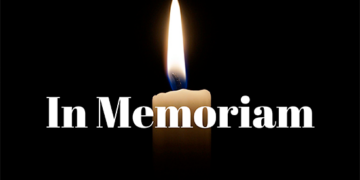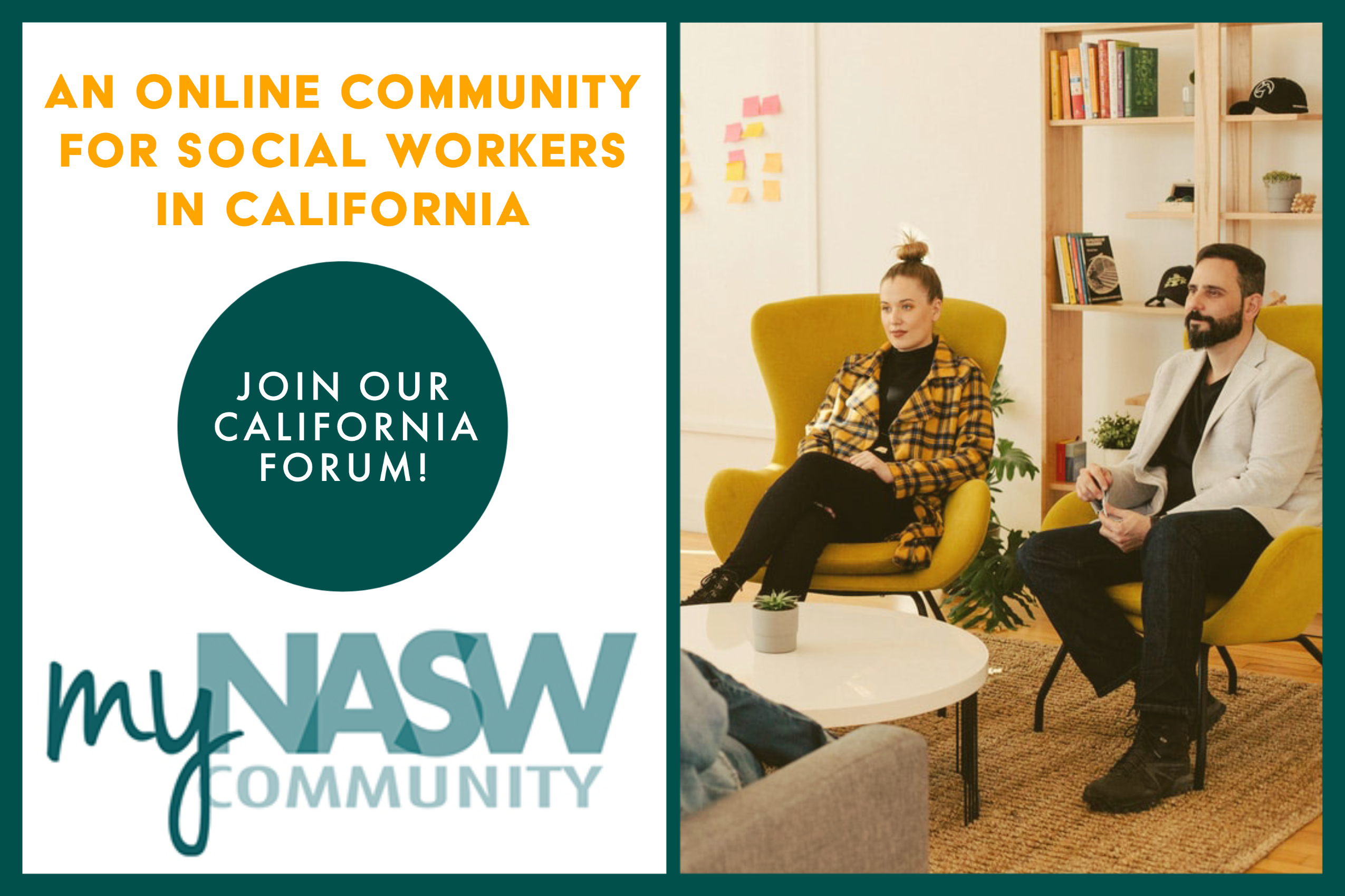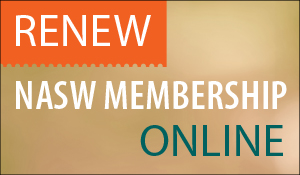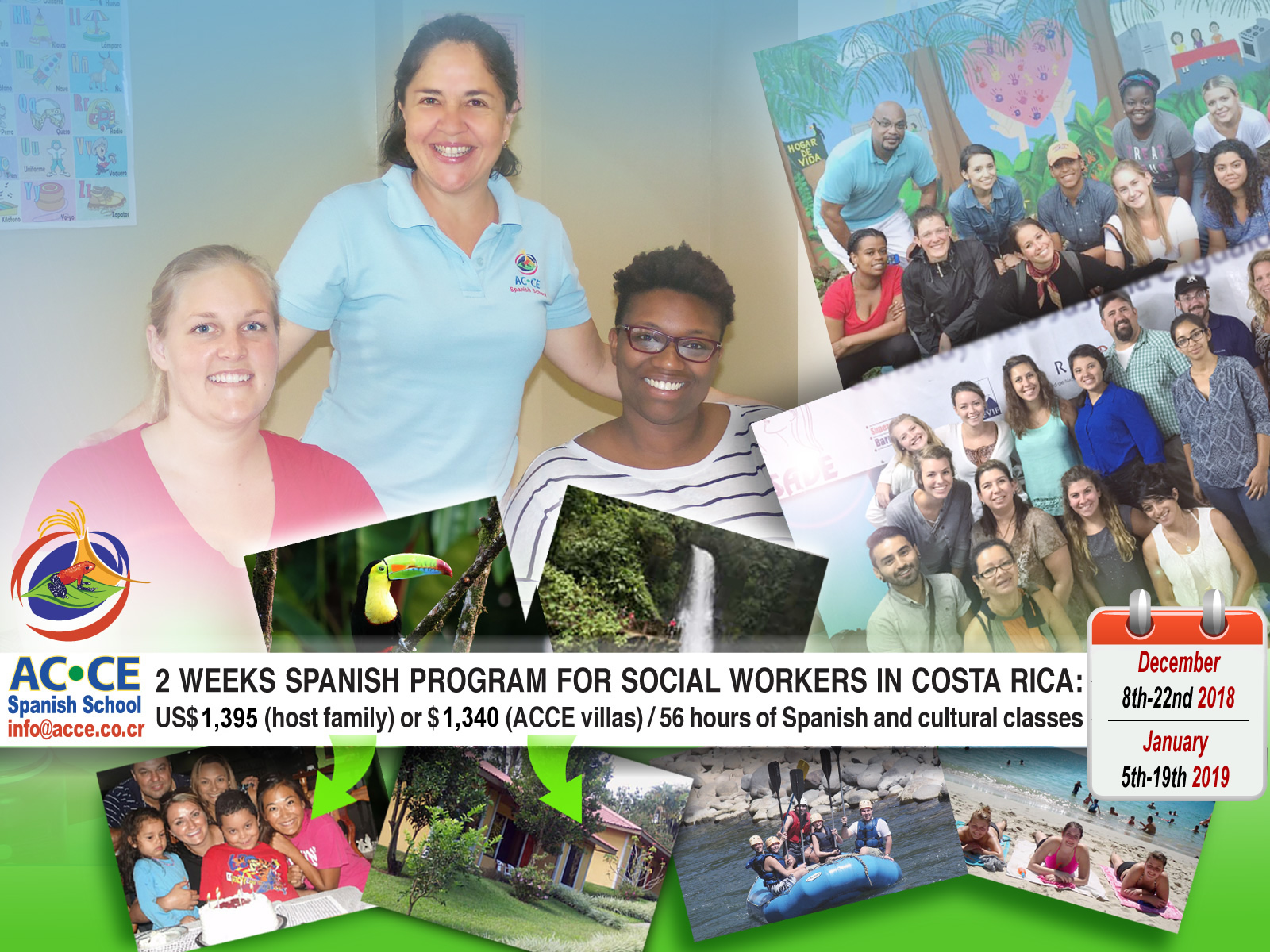Lesbian, Gay, Bisexual, Transgender and Questioning foster youth are systematically not being acknowledged, engaged and supported within the foster care system across the country. A policy change is necessary regarding these youth as they are overrepresented within the foster care system and they have ultimately come to be known as the “invisible population” due to their lack of acknowledgement and support.
LGBTQ adolescents are overrepresented in the foster care system as they are at an elevated risk of being rejected and/or “thrown out” of their familial homes due to their sexual orientation (Gallegos et al., 2011). LGBTQ youth also enter the foster care system for a number of other reasons including abuse and/or neglect or they may come to understand their sexual orientation while in the foster care system. This unique group of adolescents is placed in foster care where research has shown they are largely unsupported by that system (Gilliam, 2004).
Foster care is supposed to be a provisional beneficial experience but for many LGBTQ adolescents, it presents another set of risks. Just like birth parents, not all foster parents are accepting of LGBTQ youth; therefore these youth become at risk for being rejected and abandoned once again (National Center for Lesbian Rights [NCLR], 2006). Foster care workers, especially social workers, are supposed to be an invaluable resource in helping foster parents understand and work with the young people in their care.
According to Gilliam (2004), some foster care workers are, in fact, homophobic, insensitive or unskilled when it comes to LGBTQ matters, often reinforcing harassment and various types of abuse directly and indirectly. Gilliam (2004) also stated that the
“… foster care system’s failure to protect these adolescents and its failure to place them in welcoming homes presents an even more serious concern.” (p. 1039). Youth in these settings are often made to follow special rules, treated as outcasts and made to feel terrible about their sexual and/or gender identity.
According to the NCLR (2006), as many as 78 percent of LGBTQ youth face further harassment or various types of abuse once placed in their foster families. These factors often contribute to a large number of foster youth running away and ending up on the streets. These young people sometimes find it preferable to be homeless than to live in homophobic or transphobic settings where they are at further risk of harassment and/or abuse (NCLR, 2006). LGBTQ foster youth also have low placement stability and are often moved around to increasingly restrictive and hostile environments (Mallon, 2001).
The foster care system lacks adequate policies, support services, trainings and protections for LGBTQ adolescents to combat these issues (Gallegos et al., 2011).
It is necessary that a curriculum be crafted to train both foster parents and foster care workers to work with LGBTQ youth using skills that support their growth, development, and self-esteem. Whenever possible, biological parents would also be trained with the resource when family preservation is possible. The overall goal of the curriculum would be for it to be utilized as a resource for workshops and trainings by foster agencies across the country. These trainings and/or workshops would help participants understand how adolescents identify as LGBTQ and what that ultimately means in terms of their social and emotional growth and development, and strengths and needs for support. A number of objectives are vital in the creation of such a curriculum:
- Review the emotional, social, and cognitive stages of adolescent development as a foundation for understanding youth with a LGBTQ identity.
- Describe the mistreatment many LGBTQ foster youth may have previously faced either with their birth families or in previous foster care settings.
- Explain that sexual identity is neither a choice nor something that can be “corrected.”
- Discuss how foster care workers and foster care parents can support the LGBTQ youth in their care and caseloads, even if they personally do not “approve” of the youth’s sexual and/or gender identity.
- Explore ways in which foster parents and foster care workers can support. LGBTQ youth with positive self-esteem about their sexual and/or gender identity.
- Identify risk factors for LGBTQ youth who have a gender/sexual minority identity.
- Demonstrate how foster care workers and foster parents can be advocates and allies in stopping harassment and abuse.
- Identify additional resources, such as individual and family therapy, support groups and other places and sites in communities that are gay-friendly, and where more information can be obtained about the LGBTQ youth in their care.
LGBTQ adolescents are overrepresented within the foster care population, yet the current system does not adequately support or train foster care workers and parents in this particular area (Lambda Legal Defense and Education Fund, 2001).
By bypassing such a glaring feature within the foster care system, the NASW core principles and the needs and strengths of LGBTQ foster youth are far from being adequately met. Although this population is exposed to a variety of risk, there are seven [these are not clearly delineated] that are particularly compelling and consistently present within this population. LGBTQ youth are at a high risk for birth family and foster family rejection, in-school abuse and harassment, homelessness, physical, emotional, and sexual abuse, lack of permanency and substance abuse. All of these risks and issues contribute to a vulnerable population that is only heightened due to the lack of support from the foster care system.
Nationally, the foster care system itself has done little to address the needs and strengths of LGBTQ foster youth (Gilliam, 2004). Although some LGBTQ foster programs and curriculums exist, they are rare, sporadic and not comprehensive in involving all key stakeholders in uniform and national standards. The lack of current uniform foster care trainings and literature is evidence of the minimal acknowledgement of the LGBTQ population. This system is in critical need of responsive and comprehensive programs that cultivate sensitive and supportive caregivers and foster care workers nationally (Gallegos et al., 2011). It is imperative for the well-being of LGBTQ foster youth that foster parents and foster care workers are skilled in assisting their needs (Craig-Oldsen, Craig & Morton, 2006). With increased support, LGBTQ foster youth have a greater chance of achieving higher rates of permanency, reducing risks and ascertaining appropriate resources (Gallegos et al., 2011).
When an issue such as the current landscape for LGBTQ youth in the foster care system becomes apparent, effective policy is vital is developing an intervention to combat the current issues. Social workers have the ability grasp at the root of the problem by assessing, evaluating and developing a comprehensive tool to tackle important social issues. Additional research surrounding LGBTQ foster youth is absolutely vital in assessing for multiple issues relating to their well-being and permanency within the foster care system, including the central role of foster parents and child welfare social workers in achieving positive outcomes for the youth in the care.
Cultural competency, professional development and best practice are just some of crucial components needed to develop and implement useful services for these youth.
Brittany Little, BSW, is an MSW candidate and can be reached at brittlittle605@aol.com.
REFERENCES
Craig-Oldsen, H., Craig, J., & Morton, T. (2006). Issues of shared parenting of LGBTQ children and youth in foster care: Preparing foster parents for new roles. Child Welfare, 85(2), 267-280.
Gallegos, A., White, C. R., Ryan, C., O’Brien, K., Pecora, P. J., & Thomas, P. (2011). Exploring the experiences of lesbian, gay, bisexual, and questioning adolescents in foster care. Journal of Family Social Work, 14(3), 226-236.
Gilliam, J. (2004). Toward providing a welcoming home for all: Enacting a new approach to address the longstanding problems lesbian, gay, bisexual, and transgender youth face in the foster care system. (Social justice in the 21st century.) Loyola of Los Angeles Law Review, 37(4), 1037.
Lambda Legal Defense and Education Fund. (2001). Youth in the margins: A report on the unmet needs of lesbian, gay, bisexual, and transgender adolescents in foster care. Retrieved from http://jimcaseyyouth.org/sites/default/files/documents/youthinthemargins_2001.pdf.
National Center for Lesbian Rights. (2006). LGBTQ youth in the foster care system. Retrieved from http://www.nclrights.org/wp-content/uploads/2013/07/LGBTQ_Youth_In_Foster_Care_System.pdf.












